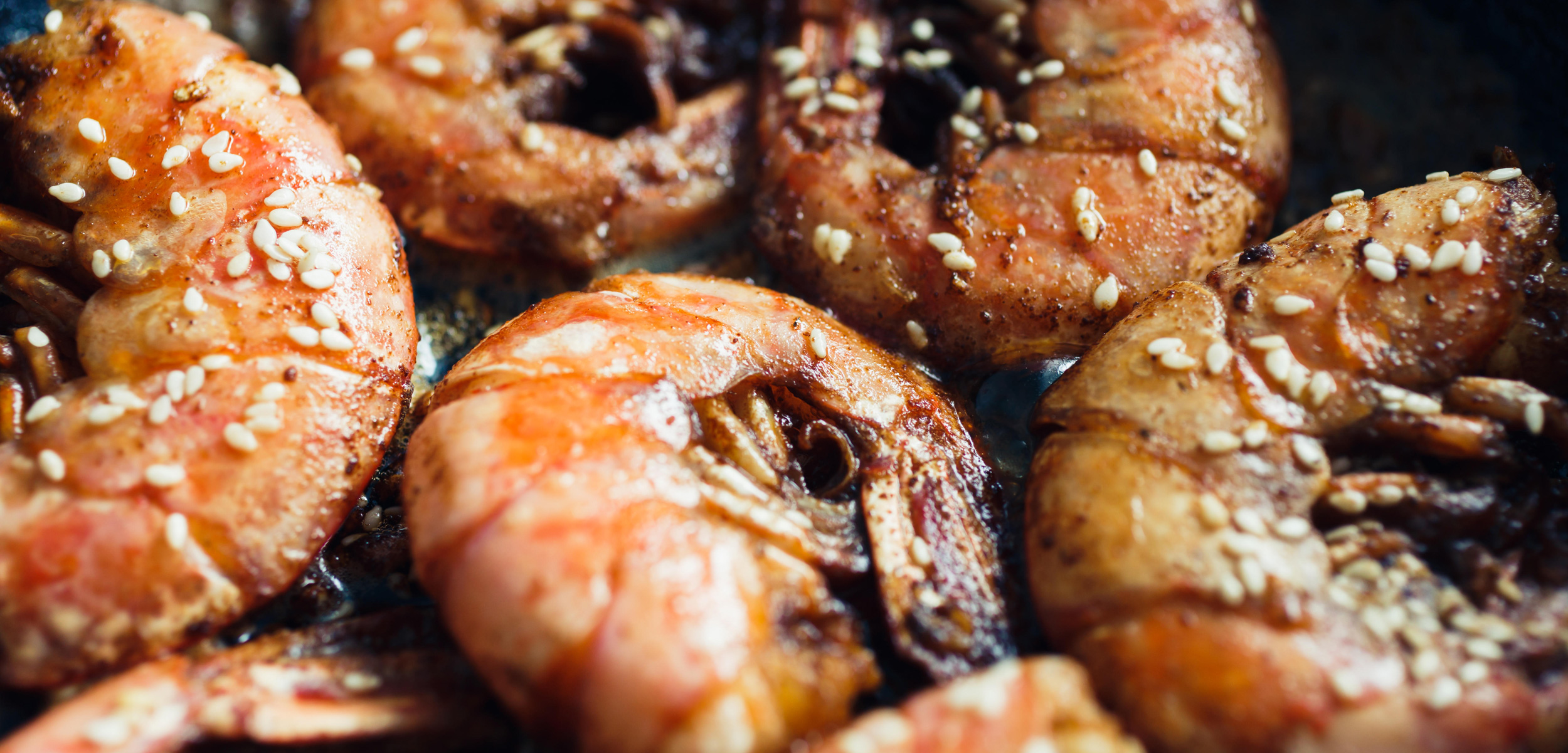Seafood Is Getting Less Nutritious
Ocean warming and acidification are hurting the nutritional value—and the taste—of some seafood.
Article body copy
For many, picturing the effects of climate change on the ocean likely conjures visions of melting ice caps, rising sea levels, and bleached coral reefs. Yet these phenomena, unfortunate as they are, seem quite removed from most of our day-to-day lives. But according to new research, climate change could soon hit much closer to home, threatening the nutritional quality of seafood.
Warming and acidification are having serious effects on marine life, driving fish to the poles in search of colder waters and upsetting their reproductive schedules. But according to Kirsten Benkendorff, a marine ecologist at Southern Cross University in Australia, there are other, more insidious, consequences in the works. Even for those species that can acclimatize or adapt, says Benkendorff, stress caused by climate change could still hit the seafood at the store.
In new research, Benkendorff and her team exposed the whelk Dicathais orbita, a type of sea snail, to temperature and acidity conditions similar to those predicted for the end of the century. The results were dramatic. The whelks had decreased glycogen and lipid contents, and the amount of protein in their flesh was nearly cut in half. Other studies have shown similarly worrying effects in other shellfish, including reductions in the concentration of fatty acids.
Globally, around 250,000 tonnes of murex snails, the family to which the whelk belongs, are harvested every year. Shellfish, including snails, are an essential source of nutrients for many people around the globe, but if climate change slashes their nutrient content, their value as food will also drop.
Nutritional value is one thing, but perhaps an even more relatable quality is taste. In a novel experiment in 2014, Sam Dupont from the University of Gothenburg in Sweden exposed northern shrimp to expected future climate conditions before feeding them to a panel of 30 local connoisseurs. “Swedes really love their shrimp,” remarks Dupont, explaining that he predicted the strong emotional response to the experiment from the public. The shrimp exposed to acidic conditions were consistently scored lower for both appearance and taste, and the resulting paper gained extensive coverage both in Sweden and abroad.
But how many species are actually having their quality as a food reduced by climate change?
“This is the key question, isn’t it?” says Dupont. “Potentially every species sensitive to ocean acidification.”
That casts the net fairly wide, as research has demonstrated the effects of acidification on everything from the growth rates of phytoplankton to the metabolic rates of jumbo squid.
“In general, ocean acidification is impacting the way marine organisms use and collect energy,” Dupont says. If organisms are stressed and require more energy to function, this can alter the balance of lipids and proteins in their bodies, which can manifest in altered nutritional value and taste. And that’s not all: research conducted by Dupont and his colleagues has also demonstrated that acidification can lead to the accumulation of toxic, bitter-tasting phenolic compounds in some organisms.
While Benkendorff is uncertain about the extent to which her findings can drive meaningful change, Dupont hopes he can inspire action by emphasizing the tangible effects of climate change on food, and how we can “physically experience ocean acidification through taste.”

